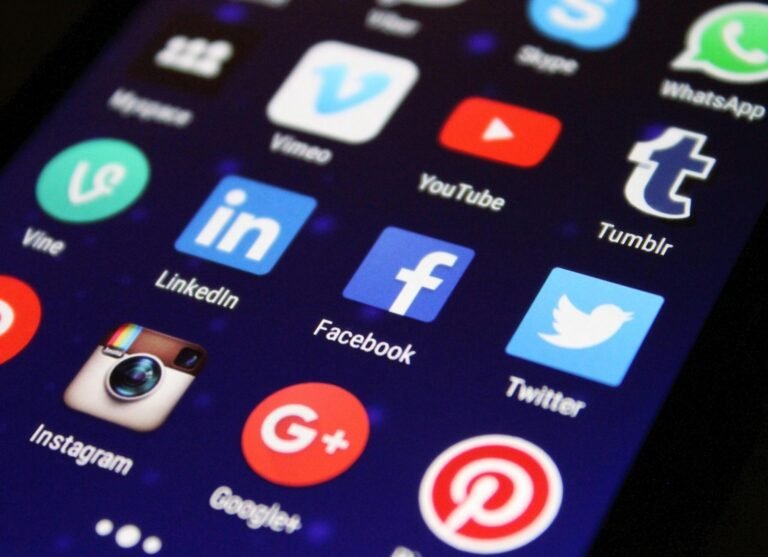
Emotion & Sentiment Analysis: Listening Beyond Words
In the digital era, customers aren’t just buying products or services—they’re experiencing brands emotionally. Every interaction, from a website visit to a customer service call,
Today’s shoppers expect more than fast websites and competitive prices. They want personalized recommendations.


In the digital era, customers aren’t just buying products or services—they’re experiencing brands emotionally. Every interaction, from a website visit to a customer service call,

collect increasing amounts of first-party data and the world moves toward a cookieless future, the question becomes: how can this data be transformed into strategic

In the consumer products industry, sustainability is no longer a niche trend—it has become a defining expectation. Modern consumers, especially younger generations, are increasingly prioritizing
Today’s shoppers expect more than fast websites and competitive prices. They want personalized recommendations, simple checkout, and rich visual content that helps them trust what they are buying. Many retailers fail to meet these expectations, and this gap—called the experience gap—leads to lost sales and weak customer loyalty.
Closing the Experience Gap in Digital Commerce
Today’s shoppers expect more than fast websites and competitive prices. They want personalized recommendations, simple checkout, and rich visual content that helps them trust what they are buying. Many retailers fail to meet these expectations, and this gap—called the experience gap—leads to lost sales and weak customer loyalty.
The Experience Gap
Around 70% of online shopping carts are abandoned before checkout. That means most potential sales never happen.
The average e-commerce conversion rate is only 3–4%, which shows how hard it is to turn visits into purchases.
Shoppers now expect more personalization, but many retailers still show the same products and messages to everyone.
What Works: Proven Solutions
Studies show that personalized shopping experiences can increase revenue by 5–15%, and sometimes up to 25%.
Examples:
Product recommendations based on browsing history.
Personalized emails reminding shoppers about items left in the cart.
Customers buy what they can see.
Pages with product videos can increase conversions by up to 80%.
Shoppers are 144% more likely to add to cart after watching a video.
Complicated checkout processes are one of the top reasons shoppers leave. Adding multiple payment options, showing shipping costs early, and reducing steps can directly reduce cart abandonment.
Real Business Impact
A retailer making $10M in online sales each year could add $500K–$1.5M in revenue simply by using personalization.
Fixing cart abandonment and improving checkout could recover millions in lost sales annually.
Using video and interactive images not only drives sales but also reduces product returns, since shoppers know exactly what they’re buying.
The experience gap in digital commerce is a challenge—but it is also a huge opportunity. By focusing on personalization, visual content, and smooth checkout, businesses can:
Reduce cart abandonment
Increase conversions
Build stronger customer loyalty
Shoppers today expect more—and the retailers who deliver it will see the biggest growth tomorrow.

In the consumer products industry, sustainability is no longer a niche trend—it has become a defining expectation. Modern consumers, especially younger generations, are increasingly prioritizing

In marketing, timing and context are everything. Customers don’t experience a brand in one moment—they move through a journey: from awareness, to consideration, to decision,

In today’s digital-first world, businesses are flooded with customer data—clicks, purchases, searches, reviews, and interactions. But data on its own doesn’t tell the whole story.

In today’s fragmented digital landscape, customers move fluidly between channels—social media, email, search, in-store, and even voice assistants. But not every channel delivers the same